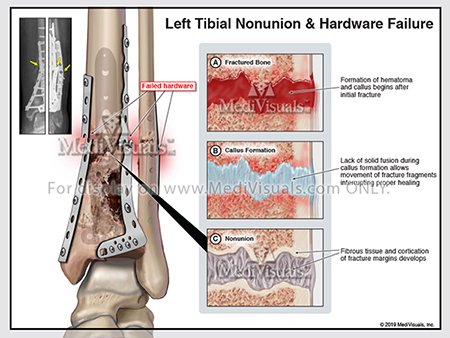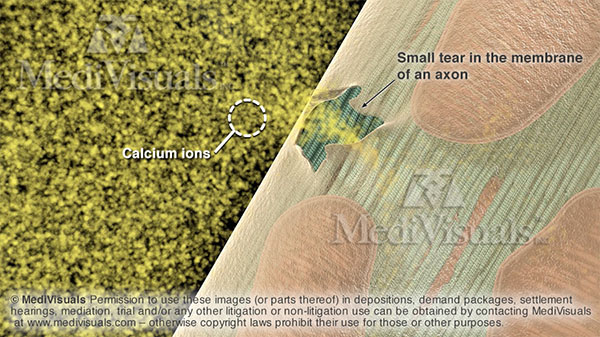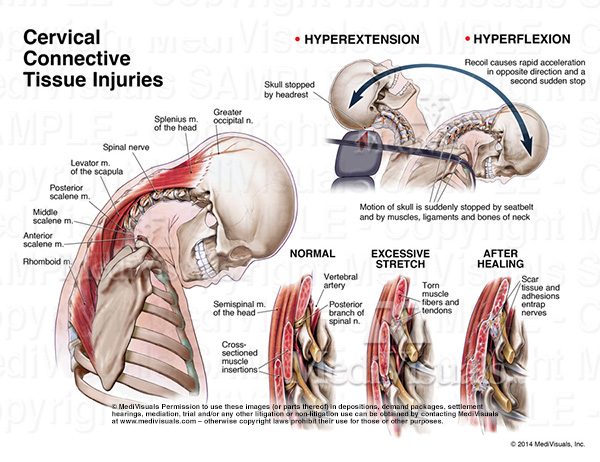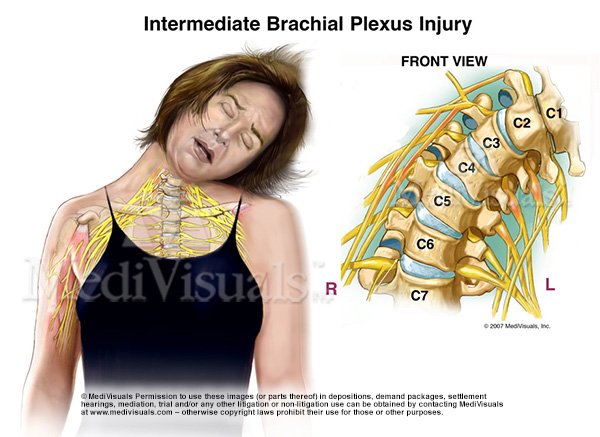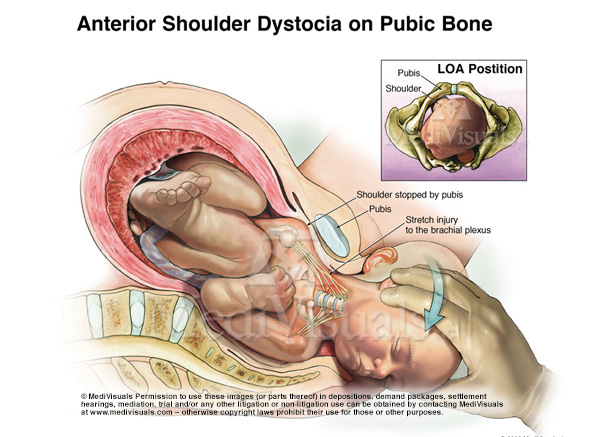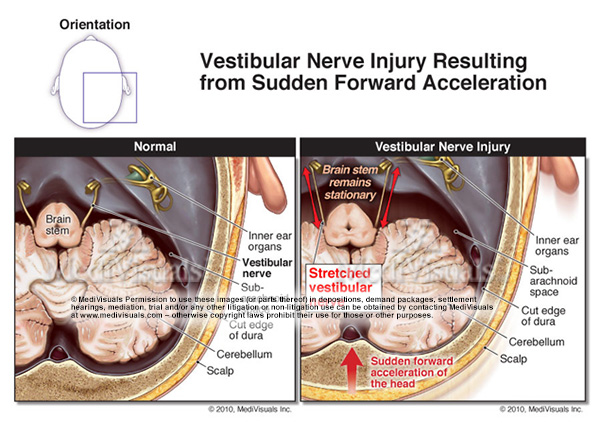Bone Remodeling: Fracture Healing Process and Associated Complications
Bone remodeling happens continuously in our bodies. It involves removal of mature bone tissue (bone resorption) and creation of new bone tissue (ossification). These processes also control the healing of fractures. When bone resorption and bone formation are not in balance diseases such as osteoporosis can occur. Image 1: Compares normal bone with bone that has undergone…

